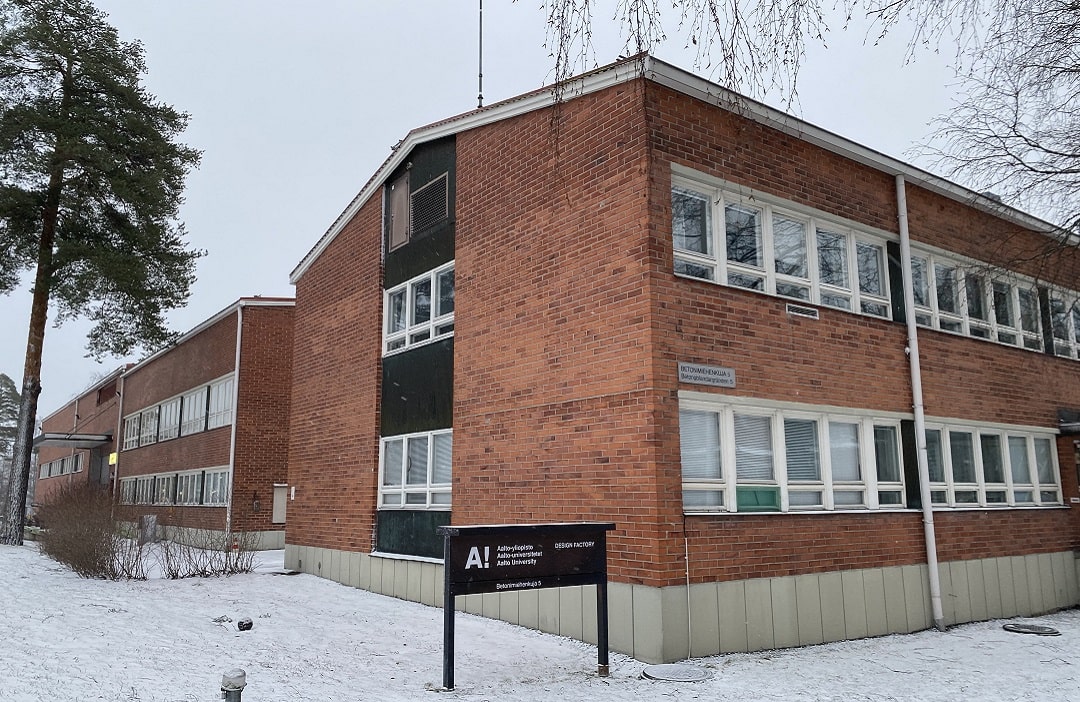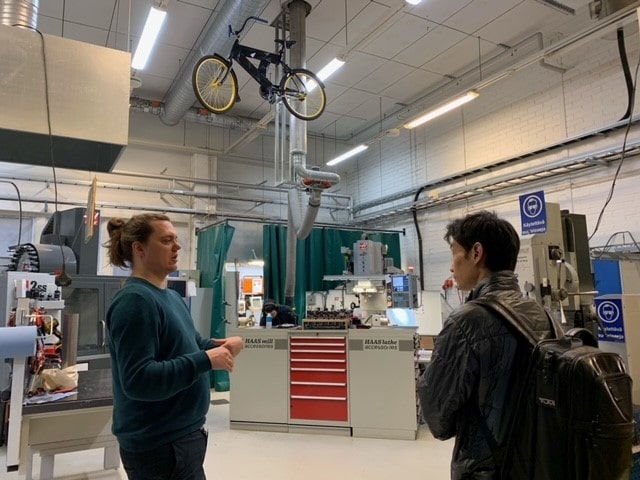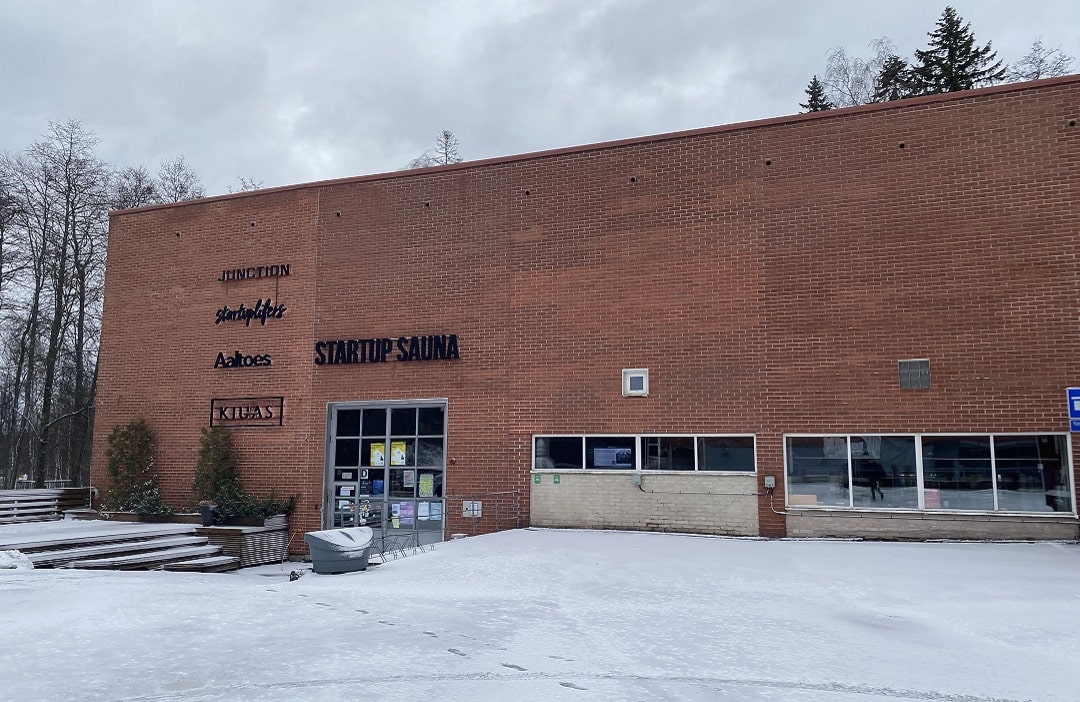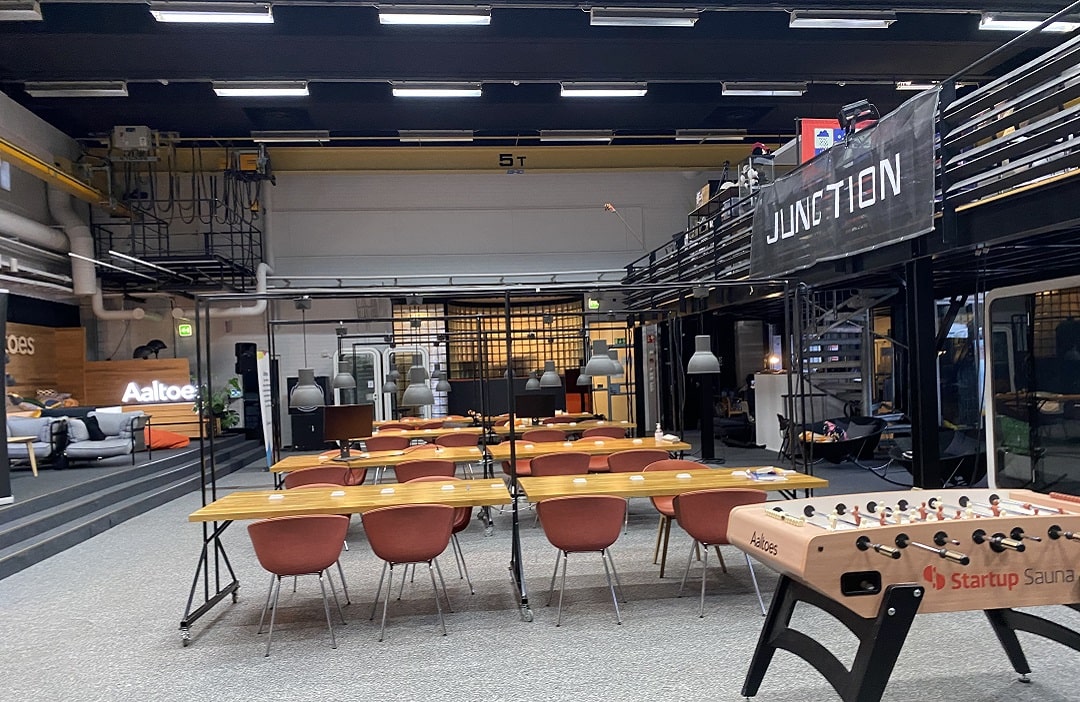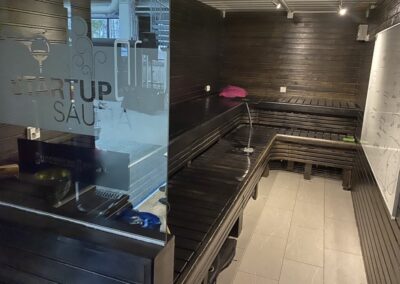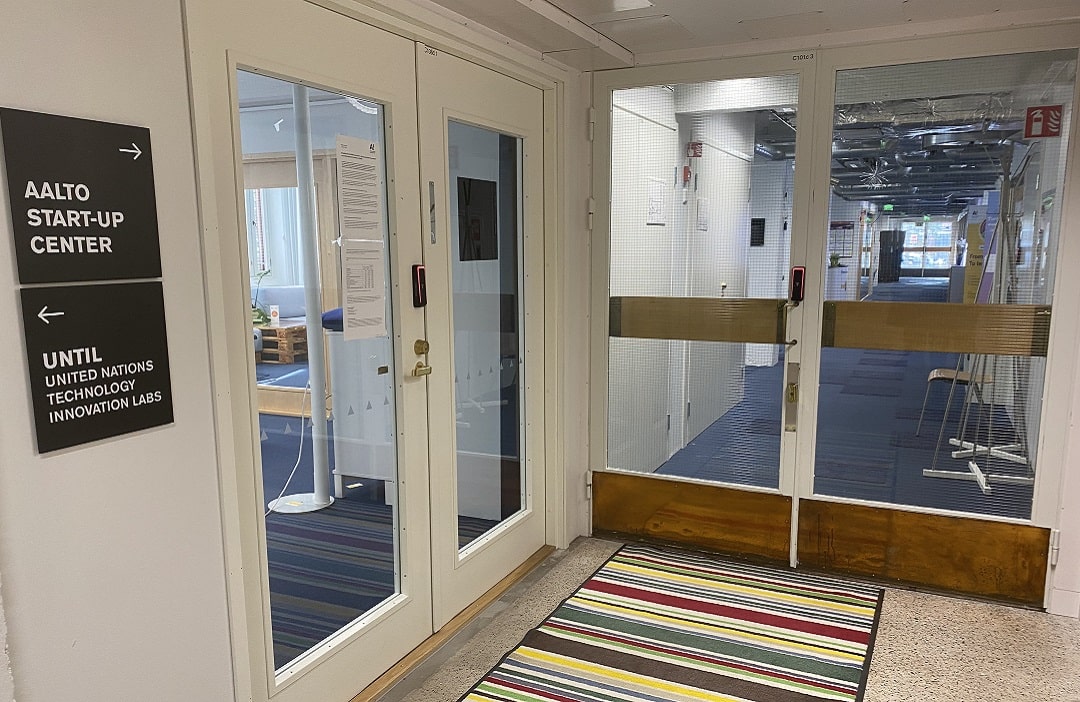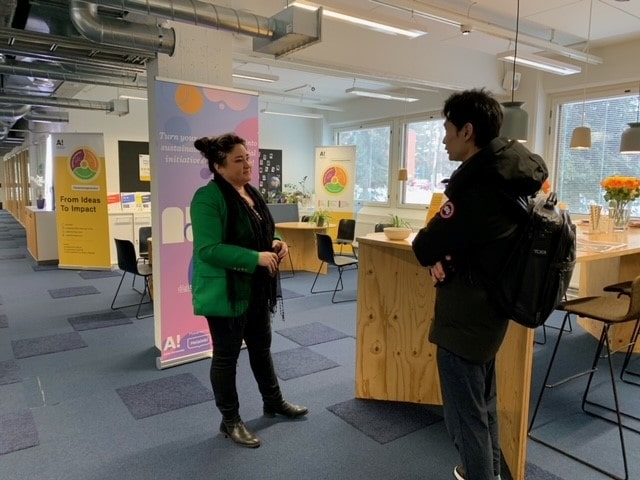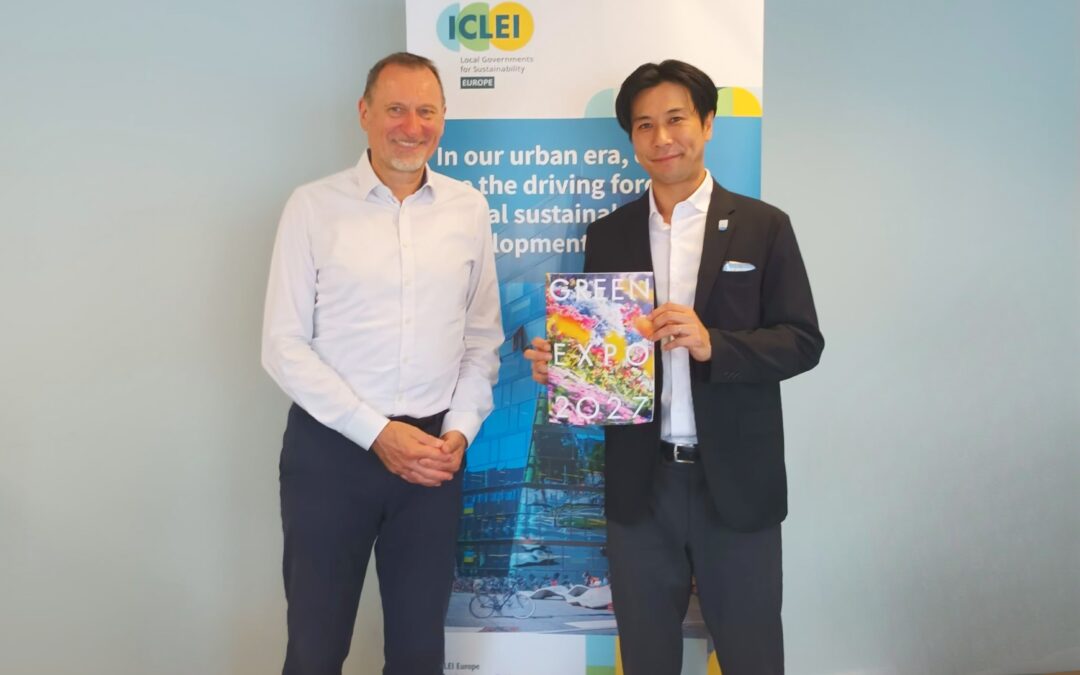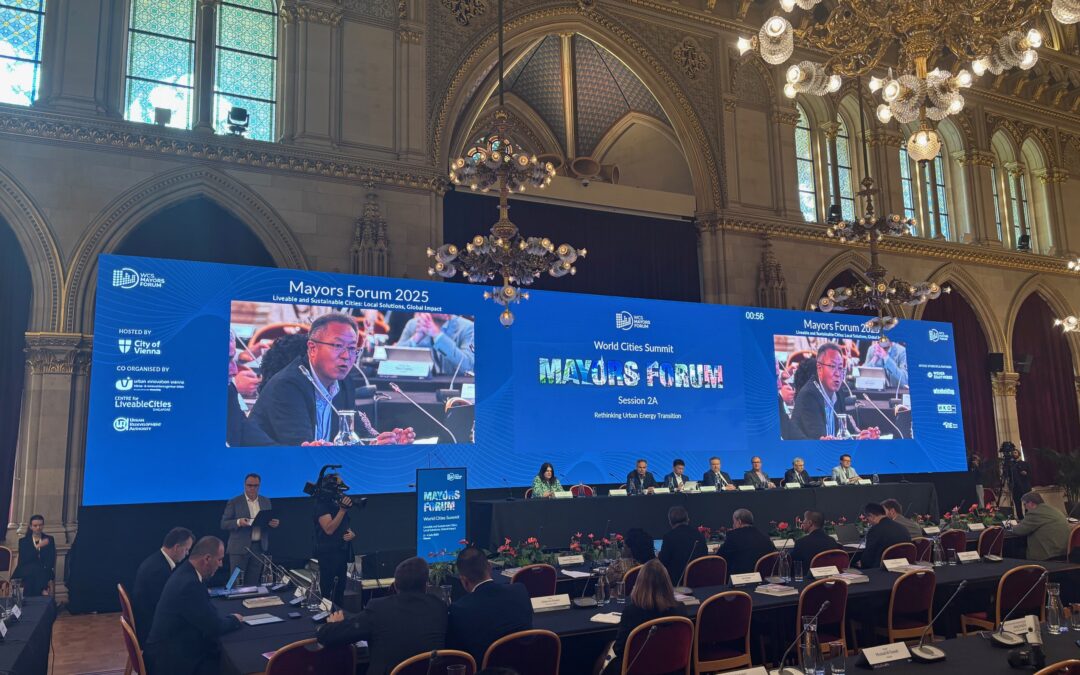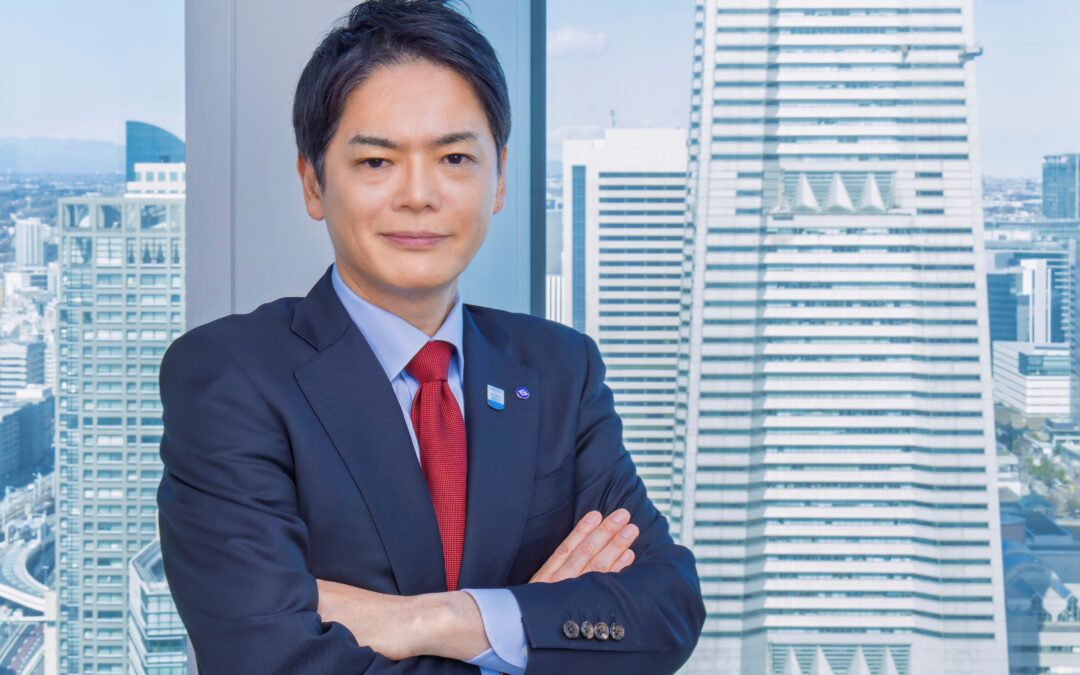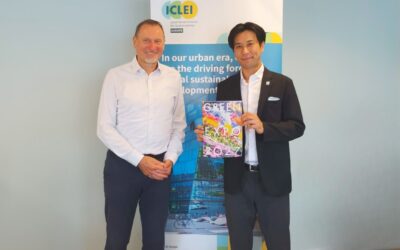The City of Yokohama has been working to build a network and promote collaboration with overseas ecosystem organizations to drive innovation*. As part of these efforts, the director of the Europe Office visited Espoo, the second-largest city in Finland, in February. Espoo, located about 15 minutes from Helsinki, boasts the sixth-largest number of patent applications in Europe, despite having a population of about 300,000, and has been selected as the most sustainable city in Europe. This report summarizes the visit to the city’s ecosystem. (Top picture © Enter Espoo)
*More information about Yokohama’s Innovation & Startup Ecosystem
- Innovation City Yokohama
- Promoting innovation through collaboration among industry, government, academia, and the public sector – Yokohama Future Organization YOXO
Espoo’s Ecosystem’s corporate contact: Enter Espoo
Enter Espoo, which belongs to Espoo City, is an organization whose main mission is to promote the growth of the innovation community through the entry to Espoo and provides services such as supporting the establishment of foreign companies, introducing investors and startups to these companies, and other growth support services.
The strength of Espoo’s ecosystem is in the deep tech sector. The city’s 5G, represented by Nokia and the VTT Technical Research Center of Finland (VTT), the largest applied research organization in the Nordic region, is becoming increasingly important in areas such as sustainability and batteries.
Many of Finland’s deep-tech startups have been produced by VTT and Aalto University, which specializes in technology, art, and design, or by a collaboration between the two.
※VTT is an organization whose primary business areas are carbon-neutral solutions, digital technologies (5G, sensors, etc.), and sustainable products and materials. For more information see VTT’s homepage.
Particularly impressive was the story of the influx of population from Finland and abroad due to the highest level of education provided by Aalto University and other institutions, the university area as a center for business and innovation creation, and the introduction of English as the official service language. The population has been growing steadily and is currently about 300,000, having increased by 8,000 in the last year. This is more than that of even the capital city of Helsinki. Although Finland has an aging population, the fact that Espoo is contributing to population growth through the promotion of innovation and the creation of so-called knowledge-intensive jobs is a very noteworthy point for the city’s sustainable growth and development.
Product design and learning hub connecting universities and industry: Aalto Design Factory
【Facilities of Aalto University (1)】
Aalto Design Factory is a platform for students to learn and practice how to connect their knowledge from lectures with the design and development of products. The 3,700 m² facility consists of office and meeting space, as well as production space for crafting and printing. For example, students can build prototypes in the machine room of the product space with access to machine tools, materials, and know-how provided by supervisors. Students will learn about entrepreneurship from professors, researchers, and startups (about 10 companies) at this facility.
There are also many opportunities for contact with large companies and other industrial sectors. For example, a professor may establish a specific course, a large company may bring in an assignment, and the students form a team to solve the problem. The company provides a certain budget, and the students can freely use the budget for the task.
Particularly impressive was the talk about “celebrating failure as an opportunity to learn from it for the next time. It provides an important reassurance to creativity”. By creating an environment in which students can fail, the facility’s philosophy accepts a wide range of fresh ideas from students and expands their possibilities.
Student-run entrepreneurship hub that also spawned SLUSH: Startup Sauna
【Facilities of Aalto University (2) 】
A student-run co-working space where entrepreneurs and investors meet. It is an open space that can also be used by people outside of the university and does not require a membership. Startup-related events such as lectures by entrepreneurs, pitch contests, and hackathons are held regularly.
Founded in 2009, the organization originally started with three students. After rapid growth, the organization launched a program to send Finnish students to startups in Silicon Valley and other foreign countries, as well as a 10-week acceleration program for aspiring startups. Today, various companies such as “Junction,” a well-known hackathon company, are tenants there. Incidentally, most of the students at Aalto University are from Finland, but the main language used at Startup Sauna is English, including hackathon events where many international students gather.
Finland’s world-class startup event SLUSH, known for its student-centered organization and events, was started in this location under Aalto’s ecosystem.
The world’s top university accelerator: Aalto Startup Center
【Facilities of Aalto University (3) 】
It has the university’s own innovation services team focused on technology from Aalto University and provides acceleration services to early-stage startups and other companies. The organization was established in 1997. Its main initiatives include business consulting, holding demo days to present results and provide meet-up opportunities with stakeholders, and networking with investors and others. In addition, the company has a network of business mentors (150-200 people) who support startups free of charge and help them access companies, investors, etc.
The center’s strategy is to incorporate many different collaborations. For example, the European Space Agency’s Business Incubation Center is housed in the same building and is collaborating with them. This is one of the research fields in which Aalto University has a strong interest, and the center will support startups in terms of community building and hub functions.
The mission of the facility, which has been in existence for about 25 years, is to make an impact on society. Aalto University places a strong emphasis on innovation and entrepreneurship. However, it took a long time for the mindset about startups and entrepreneurship to become what it is today.
“The key element needed for change is collaboration.”, was a particularly memorable statement. It should be noted that in 2019/20, the University was ranked as one of the top five university business accelerators in the world.
Finally, the following three points were felt to be the key points of Espoo’s ecosystem.
| ・The ecosystem is characterized by being student-driven and with the university as the source ・Stimulation of innovation creation through collaboration schemes among universities (students), startups, research institutions, and companies ・Active international ties to attract talent and investment to the ecosystem |
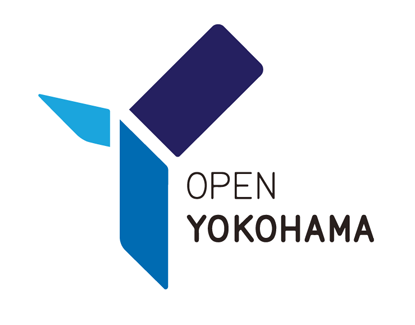
.jpeg)
